The most famous people associated with the fairy tale
genre (such as Charles Perrault, the Brothers Grimm, Hans Christian Andersen,
Andrew Lang and Walt Disney) have tended to be male. However, fairy tales
actually have their roots in tales told by women, about female desires and insecurities. The dominance of female protagonists and antagonists in these
stories, as well as the fantasy setting, ensure that they are primarily
associated with a female audience. Recently, there has been increased focus on making
fairy tales more feminist, but female writers and storytellers have always been integral figures in the
fairytale genre. In order to highlight this, here is a list of ten of the most
notable and interesting women who have helped make fairy tales so popular and
successful.
These women represent various facets of the fairytale
world, ranging from adults-only stories to Disney films. The list includes
writers, translators, and storytellers, and covers a period of 350 years. This only scratches the surface – there are numerous great female authors and
storytellers who were not included here. However, the women on this list have
had the greatest influence on the development of the fairy tale genre.
(Note - This article does not include female illustrators
such as Jane Ray, Lisbeth Zwerger or Emma Chichester-Clark or female scholars
such as Maria Tatar and Marina Warner. This blog will feature articles about
them in the future, but for now, we shall focus on storytellers only.)
Madame D’Aulnoy (c.1650-1705)
Although she was not the first author in the fairytale
genre, Madame D’Aulnoy was the person who invented the term “fairy tale”. This
was derived from Les Contes Des Fees, a collection of stories which she
published between 1696 and 1698. The facts about D’Aulnoy’s life are
notoriously unreliable, but most historians believe that her writing career
started in 1690, when she established a literary salon in Paris. Before then,
she had been in an arranged marriage to a baron later imprisoned for treason and
was allegedly involved in several affairs. This gave D’Aulnoy a scandalous
reputation, but the fairy tales she told in her salon helped her gain respectability
as an intellectual. She also wrote a number of historical novels, and was even
elected into the prestigious Accademia
Galileiana.
D’Aulnoy often used her fairy tales to address contemporary issues. Given that she was active in an era where criticising the French
monarchy could have incredibly unpleasant consequences, the subversive undertones of D’Aulnoy’s
stories, such as 'The Ram' and 'The Blue Bird', were pretty radical by the standards
of the era. These tales often had strong autobiographical elements, dealing
with taboo subjects such as arranged marriages, sexual harassment, and the
failings of the monarchy. The stories which D’Aulnoy wrote were aimed solely at
the patrons of her salon - she had no interest in appealing to children. However, as her tales became popular, they inspired several imitators and got translated
into English in 1699. Although D’Aulnoy’s work is overshadowed by the more
iconic stories of contemporary Charles Perrault, she deserves recognition for
her role in establishing the fairy tale genre and allowing it to gain a greater
degree of prominence.
Jeanne-Marie Leprince De Beaumont (1711-1780)
Jeanne-Marie Leprince De Beaumont is another major French
fairy tale author, but her primary claim to fame is her role in popularising
one especially legendary fairy tale. However, the popularity of Beauty and the Beast should not
distract from the rest of Leprince De Beaumont’s work. In 1748, Jeanne-Marie
Leprince De Beaumont moved to London, where she gained a job instructing the
daughters of prominent aristocrats. This inspired her to establish the journal Les
Magasins Des Enfants, which used dialogue format to teach a range of subjects
to young girls. It also featured retellings of fairy tales and famous myths and
legends. Les Magasins Des Enfants was incredibly popular (130 editions were
published in France in the 130 years after it was first published) and as a
result of the journal, the fairytale genre began to be primarily associated with
child audiences.
Leprince De Beaumont’s greatest success came when she published
her version of Gabrielle Suzanne Barbot De Villeneuve’s fairy tale Beauty and the
Beast in 1756. Whilst Villeneuve’s 100-page version was incredibly convoluted,
with its use of parrot and monkey servants and a subplot about evil fairies at
war with humans, Leprince De Beaumont provided a more appealing, if didactic, version. As the appeal of the Beauty and the Beast story lies in the simplicity
of the premise (as well as its message about not judging people by appearances),
Leprince de Beaumont’s changes allowed the fairy tale to gain greater exposure
and wider circulation, ensuring that it became one of the most iconic stories
of all time.
Dortchen Wild (1793-1867) and
Dorothea Viehmann (1755-1816)
This is an unusual entry for two reasons. It lists two women instead of one, and these women
never published any material. However, Dortchen Wild and Dorothea Viehmann are
probably the two most important people on this list. When the Brothers Grimm created their
famous book Children and Household Tales,
they collected stories told directly to them by members of the
middle class. The majority of people who aided the Brothers Grimm were women, including
Maria Hassenpflug and Julia and Charlotte Ramus. However, Wild and Viehmann
were the two most notable contributors.
Wild contributed stories such as 'The Frog King', 'Hansel and
Gretel', 'The Six Swans' and 'Rumpelstiltskin', often assisted by her family, whilst
Viehmann told the Brothers Grimm 'The Musicians of Bremen', and contributed to
their retelling of 'Cinderella'. Although The Brothers Grimm continually edited
the stories throughout their career, they still expressed respect for the women
who created them. They singled out Viehmann for praise due to her ability at
telling her stories multiple times without changing a single word, making them
easy to transcribe, whilst Wilhelm Grimm eventually married Wild. Viehmann, Wild and the other ordinary women who provided fairy tales for the Brothers
Grimm deserve to be celebrated. Without them, the defining book in the fairy
tale genre would not have existed.
Mary Howitt (1799-1888)
Translators are often underappreciated, as their work simply
involves taking an existing work and retelling it in a different language.
However, translators can allow great works from foreign authors to gain the
attention of international audiences. For this reason, Mary Howitt deserves
recognition for being one of the first people to translate the stories of Hans
Christian Andersen for British readers.
Howitt’s book Wonderful
Stories for Children, first published in 1846, featured translations of ten
Hans Christian Andersen stories, including 'Ollie Shuteye', 'Little Ida’s Flowers' and 'The Steadfast Tin Soldier'. She also translated Andersen’s autobiographical
novel The Improvisatore and works from the Swedish feminist author Fredrika
Bremer. Outside of her work as a translator, Howitt wrote 180 books for
children, as well as the famous 1829 poem 'The Spider and the Fly'.
By modern standards, Howitt’s translations were not very impressive. In spite of her knowledge of Scandinavian languages, she secretly
translated most of the tales from German editions of Andersen’s work, even though he personally told her not to do this. Worse still, she often removed the vivid descriptions
and realistic messages of Andersen’s tales in order to promote her own
moralistic worldview. However, Howitt still managed to introduce Andersen’s
work to influential figures such as Charles Dickens, and played an invaluable role
in making them popular with the wider British public.
Juliana Horatia Ewing (1841-1885)
During the nineteenth century, fairy tales were especially
popular in Britain, as authors such as George Macdonald and Oscar
Wilde responded to a rapidly changing and increasingly industrialised society
by providing fairy tales set within a fantasy environment. They did this with
the aim of getting middle-class audiences to face up to the challenges and concerns of
the era. Among the authors using the fairy tale genre to deal symbolically with
important issues were several women, such as Mary de Morgan, Edith Nesbit, and
Evelyn Bland. However, the most significant female author during the period was
Juliana Horatia Ewing.
The daughter of Margaret Gatty, famous for didactic children’s
books such as The Fairy Godmother and Other Tales, Ewing adopted her own style,
which combined the strong Anglican values of her mother’s work with a more
light-hearted, subtle approach. Her tales, collected in books such as Old-Fashioned Fairy Tales, could also convey
feminist messages, with many showing resourceful female protagonists outwitting
tyrants and monsters. Ewing also edited her mother’s periodical Aunt Judy’s
Magazine for Young People, where she initially published many of her stories. Ewing influenced children’s authors such as Frances Hodgson Burnett and
Rudyard Kipling, and inspired Robert Baden-Powell to set up the Girl Guides
movement. Like all the best children’s authors, Ewing’s work remains timeless,
and it deserves to gain the attention of a modern audience.
Leonora Blanche
Alleyne (1851-1933)
Leonora Blanche Alleyne was the wife of Andrew Lang, one of
Britain’s most iconic fairy tale authors. He was notable for highlighting the
role which folk tales could play in understanding ancient customs, and wrote a
number of original fairy tales, such as The Princess Nobody. However, Alleyne made valuable contributions to many of Lang’s successes.
Lang is best known for his series of ‘coloured’ fairytale
collections published between 1889 and 1910, ranging from The Blue Fairy Book
to The Lilac Fairy Book. However, Alleyne was actually the one most responsible
for bringing the anthologies to life. She received aid from a number of female translators
and editors, who translated and adapted tales from a number of countries (ranging from France and Germany to Iceland and Armenia). That said, it was
Alleyne who translated most of the stories, and her influence was exerted in various ways, as strong female heroines appeared in many
stories, and there were warnings that certain tales were more suited to
children of different ages. Lang himself later admitted that “these fairytalebooks have been almost wholly the work of Mrs. Lang”, claiming that, like Eve in
the Garden of Eden, she did all the work under his supervision. The work of
Alleyne and her assistants has often been overlooked, but they deserve to be
recognised on their own terms, and not just through their association with
Andrew Lang.
Ivana
Brlic-Mazuranic (1874-1938)
The Croatian children’s author Ivana Brlic-Mazuranic is
probably the most obscure name on this list, but it is definitely worth
learning more about her. In 1913, her story The Brave Adventures of Lapitch
launched her to prominence, but her signature work is Croatian Tales of Long
Ago. This collection has been likened to the work of Hans Christian Andersen due
to Brlic-Mazuranic’s ability at creating original stories based on Croatian
folk tales and legends, with innocent yet fallible protagonists and strong
Christian themes. During the 1930’s, Brlic-Mazuranic was nominated for the
Nobel Prize in Literature four times, although she never won.
Today, Brlic-Mazuranic remains one of Croatia’s most iconic
figures. A 2013 adaptation of The Brave Adventures of Lapitch became the
highest-grossing Croatian children’s film since the nation gained independence,
and a computer project based on Croatian Tales From Long Ago has allowed
Brlic-Mazuranic to become popular with a new generation. In 2013, Ivana’s House
of Fairytales was opened in her hometown of Ogulin, containing such attractions
as a magic forest and a fairy-tale jukebox. The popularity of this museum
confirms Brlic-Mazuranic’s status as a Croatian national treasure.
Angela Carter (1940-1992)
Adults-only fairy tales have become a pretty significant
subgenre in recent years, as writers emphasise the darker, more sexualised
undercurrents lurking beneath classic fairy tales. The person most responsible for this
trend is Angela Carter, the author of the iconic short-story collection The
Bloody Chamber, published in 1979.
The title story, an adaption of the already twisted French
fairytale Bluebeard, re-imagined the eponymous wife-murdering villain (renamed
“the Marquis” by Carter after the infamous Marquis De Sade) as a sexual sadist
whose mysterious locked room is an underground torture chamber. Other stories
in the collection adapted iconic (and predominantly French) fairy tales such as
Beauty and the Beast and Little Red Riding Hood, using them to shine a light on
taboo issues ranging from sexual awakenings to necrophilia. Carter specialised in vivid and
evocative descriptions, and these enhanced the mysterious and atmospheric
fairy-tale atmosphere of her stories.
Apart from The Bloody Chamber, Carter wrote several novels,
such as Nights at the Circus and Wise Children, and translated the fairy tales
of Charles Perrault. In 1984, she wrote the screenplay to the acclaimed horror
film The Company of Wolves, adapted from a story in The Bloody Chamber (One of
three stories in the collection based on Little Red Riding Hood). Carter died
in 1992, at the relatively young age of 51, but not before introducing adults
to the fairytale genre, inspiring modern fairytale authors such as Neil Gaiman.
Geraldine McCaughrean (Born 1951)
Although relatively few people have heard of her outside of
the UK, Geraldine McCaughrean is one of the most prolific children’s authors in
Britain. She has written around 170 books, mostly aimed at children. These
include collections of fairy tales, retellings of famous ballets such as Swan
Lake and Giselle, collections of international myths and legends and retellings
of classic stories such as The Canterbury Tales. Her retellings preserve the
appeal of the classic source material, whilst adding a variety of personal
touches to make them stand out.
In 2005, the Trustees of Great Ormond Street Hospital chose
McCaughrean to write an official sequel to J.M Barrie’s iconic novel Peter Pan,
ahead of 200 other applicants. Peter Pan in Scarlet was published the
following year, becoming McCaughrean’s best-known work. Throughout her career,
McCaughrean has played an invaluable part in introducing millions of British
children to fairy tales and classic literature. However, she has also provided
her fair share of original stories, including her latest, Where the World Ends,
set in the Outer Hebrides during the early 18th century.
Jennifer Lee (Born 1971)
Initially, Disney were dominated by male directors and
screenwriters, with women often being consigned to minor roles in the animation
department. However, as Disney strived to provide increasingly active and
developed female protagonists, women gained increased influence within the
studio and began to exert influence over the stories Disney were telling. Linda
Woolverton overcame interference from producers to write the script for the 1991 adaptation of Beauty and the Beast, and Brenda Chapman was a key force
in making Pixar’s 2012 film Brave (set in medieval Scotland) even though she
was fired as director in the middle of production. However, as the writer and
director of Disney’s most successful animated movie, Frozen, Jennifer Lee is
probably the most important woman to work for Disney.
After helping to write the screenplay to Disney’s 2012 hit
Wreck-it-Ralph, Lee was hired to write Frozen, eventually becoming its co-director.
Lee was responsible for many of the most important features of the movie, using her own relationship with her elder sister as inspiration when developing the
relationship between Anna and Elsa. She also emphasised the musical aspects of
the movie (Paving the way for songs such as “Let It Go”), and decided to focus
on the concept of love overcoming fear. These decisions paid off, and as a
result of Frozen’s extraordinary success, Lee became the first women ever to
direct a film grossing more than $1 billion.
Lee has become an integral member of Disney’s creative team,
co-writing the story for Zootropolis. In addition, she is writing an adaptation
of Madeleine L’Engle’s 1962 children’s novel A Wrinkle in Time, due to be
released in March 2018. However, the Frozen franchise will take up the majority
Lee’s time for the next few years, as she will write the book for the stage
version of Frozen, then write and co-direct the much-anticipated Frozen 2, due
at the end of 2019.
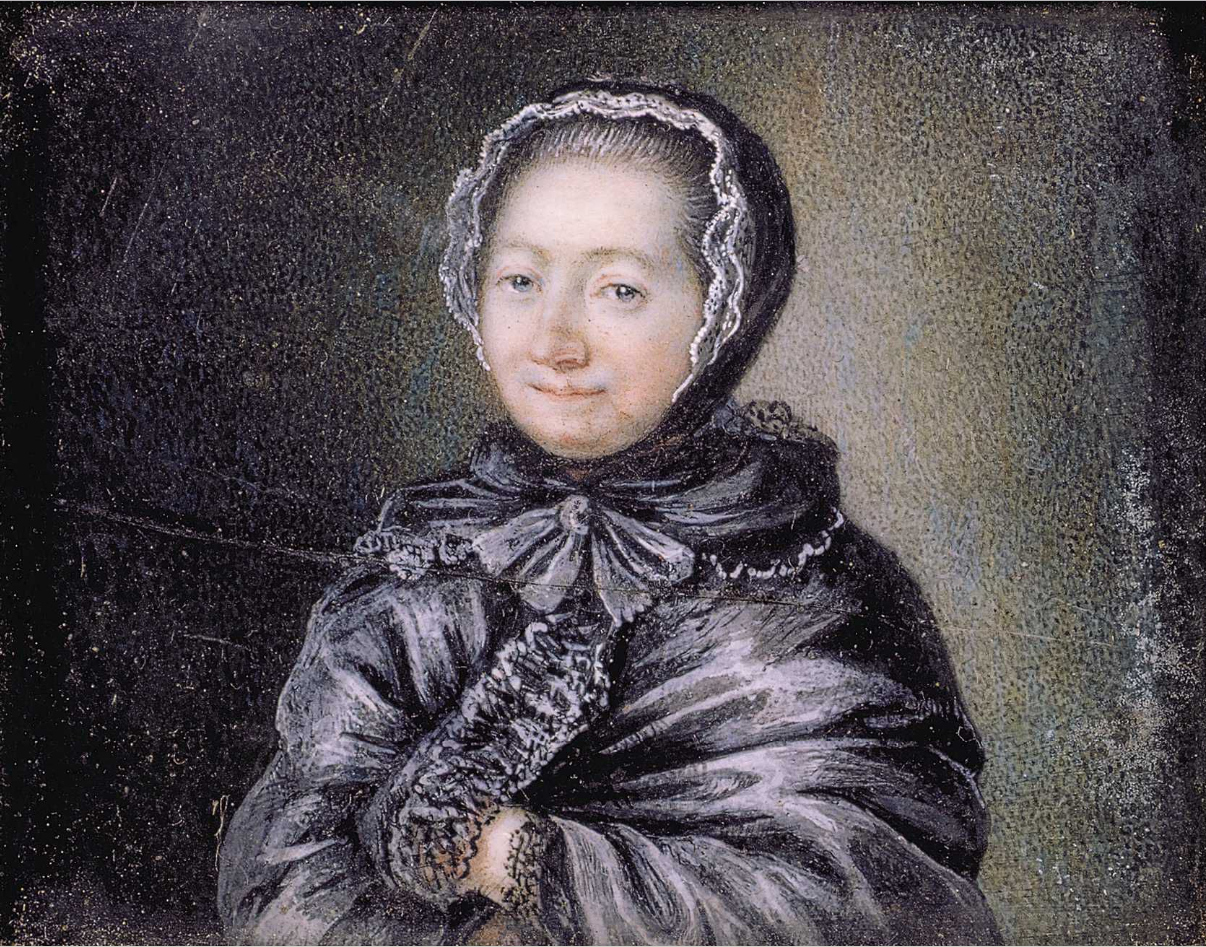
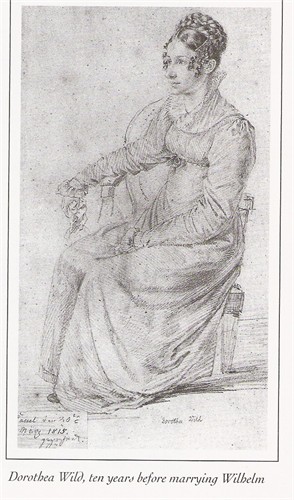
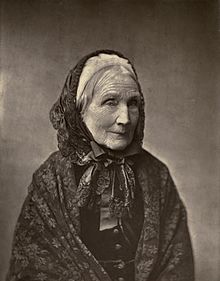
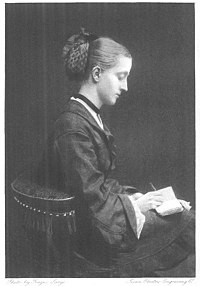

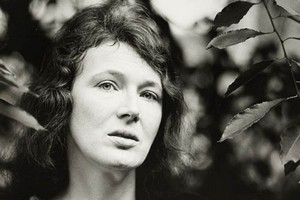
Fairy Tale Fanboy: 10 Most Notable Woman In The Fairy Tale Genre >>>>> Download Now
ReplyDelete>>>>> Download Full
Fairy Tale Fanboy: 10 Most Notable Woman In The Fairy Tale Genre >>>>> Download LINK
>>>>> Download Now
Fairy Tale Fanboy: 10 Most Notable Woman In The Fairy Tale Genre >>>>> Download Full
>>>>> Download LINK